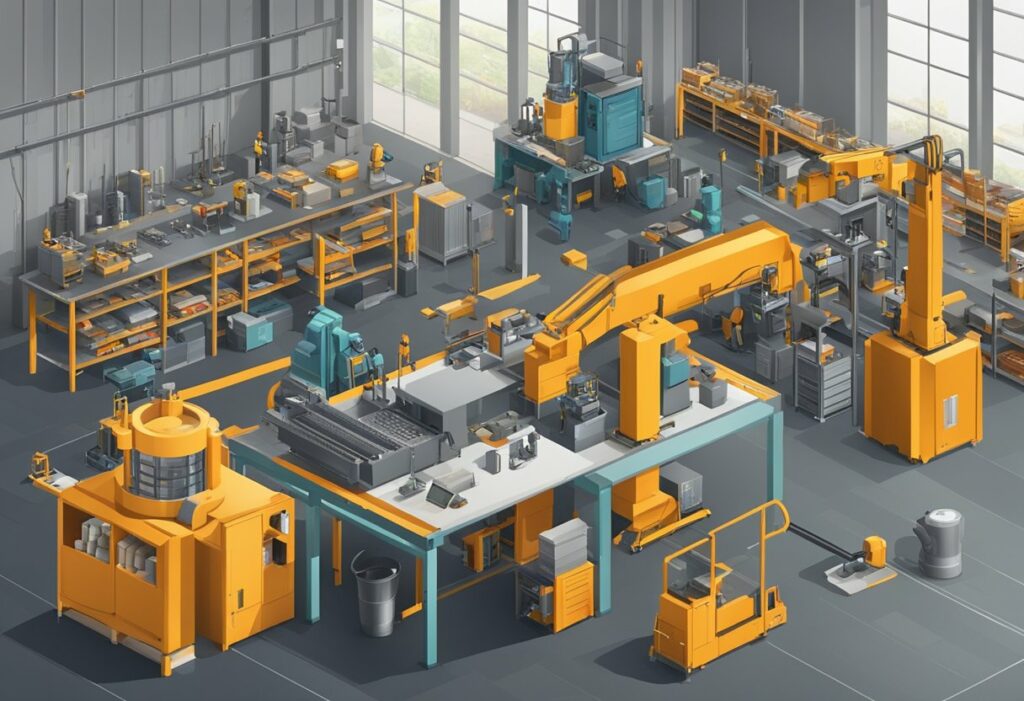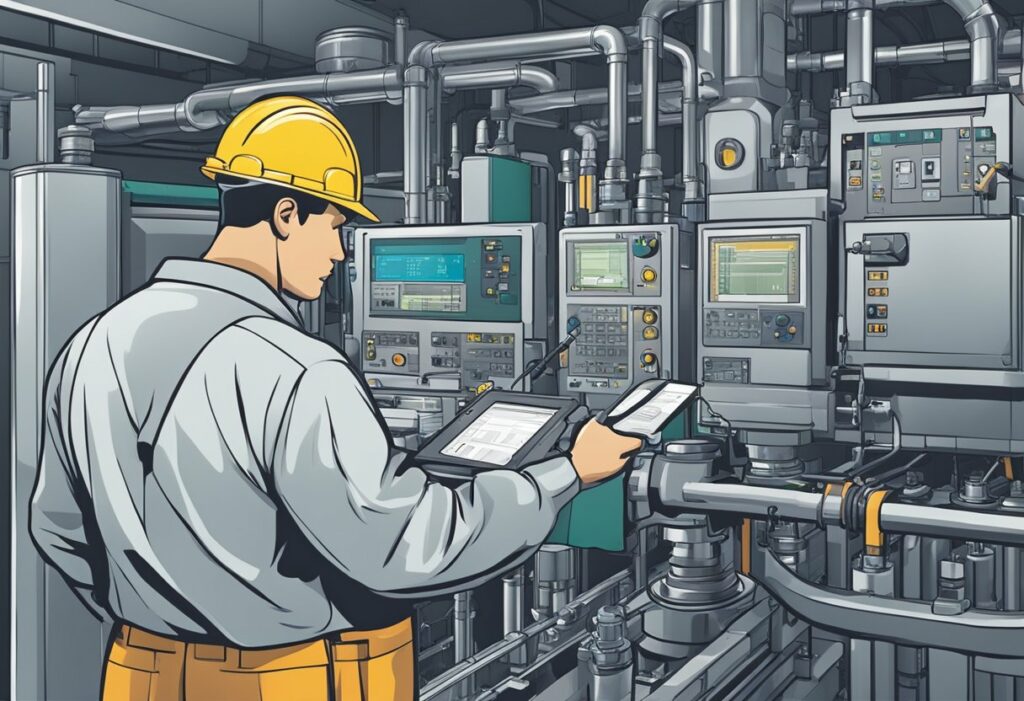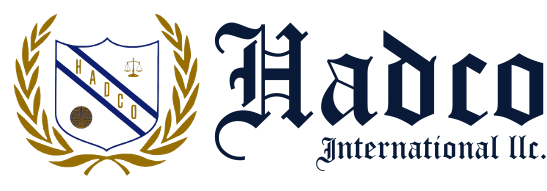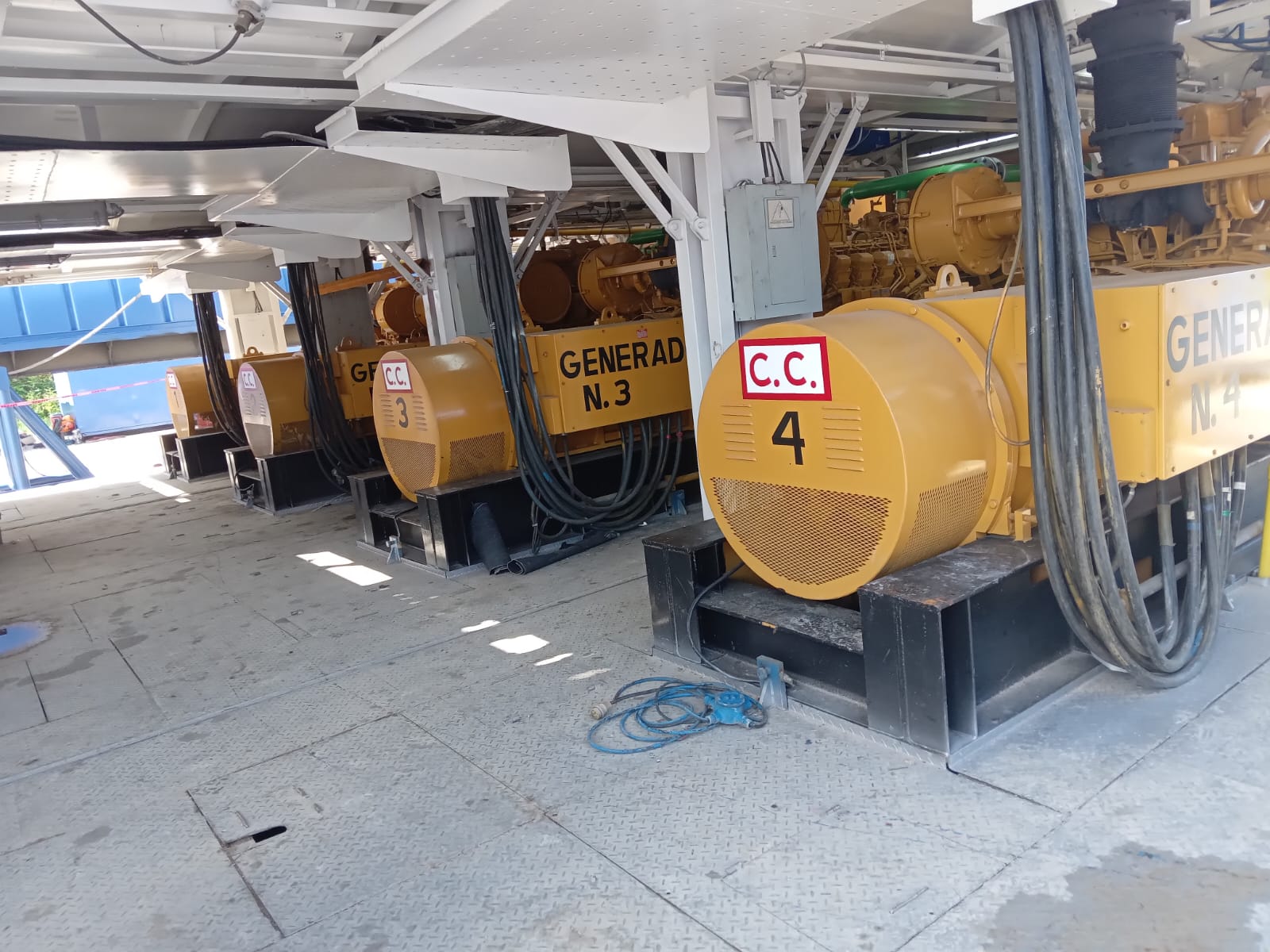Valuing plant and equipment sits at the intersection of intricate analysis and practical judgement. As an integral component of financial reporting, insurance, and sale transactions, plant and equipment valuation requires a balance between detail-oriented accuracy and operational efficiency. Accurate appraisals ensure reliable financial statements and equitable transactions, while efficiency in the valuation process prevents unnecessary delays and resource expenditure. Seasoned appraisers apply a blend of methodologies, adhering to a regulatory and standards framework to establish the worth of machinery and equipment. They consider various factors from depreciation to the potential for obsolescence, catering to the specific needs of different industries and asset types.
Embracing technology has become a critical element in the sphere of valuation. From desktop software for data analysis to the use of drones for inspections, technological tools streamline complex processes and improve precision. Moreover, valuators face a dynamic set of challenges that require adaptive solutions. Whether addressing the intricacies of a specialized manufacturing plant or navigating the valuation of assets with fluctuating market demand, the goal remains constant: deliver a value opinion that stakeholders can trust. The stakes are high as these valuations impact borrowing capacities, investment decisions, and compliance with fiscal policies.
Key Takeaways
- Balancing accuracy and efficiency is crucial in plant and equipment valuation processes.
- Technology plays a key role in enhancing the precision and speed of valuations.
- Accurate appraisals are vital for compliance and informed decision-making by stakeholders.
Understanding Plant and Equipment Valuation

In this section, you’ll explore the fundamentals of plant and equipment valuation, learn about different approaches, and understand their significance in financial reporting.
Key Concepts and Definitions
Plant and equipment refer to the tangible assets used in the production or supply of goods and services. Valuation is the process of estimating the worth of these assets. It’s important to note that fair value is a commonly used measure that reflects the price to sell an asset in an orderly transaction between market participants. In contrast, historical cost represents the original monetary value of an asset. Grasping these concepts is crucial for accurate valuation.
Valuation Approaches Overview
There are mainly two approaches to evaluate your property, plant, and machinery:
- Market Approach: This method compares your assets to similar equipment sold in the market, adjusted for differences.
- Cost Approach: Here, the focus is on what it would cost to replace your asset with a new one, considering depreciation.
Each approach has its merits and can be used to ascertain a realistic estimate of your equipment’s and machinery’s values.
The Role of Plant and Equipment in Financial Reporting
Your plant and equipment are pivotal to financial reporting as they can significantly impact your balance sheet. Accurate valuation provides insights into the asset’s operational worth and potential resale value, which is critical information for shareholders and investors. Moreover, it also plays a role in risk management and capital expenditure planning.
Regulatory and Standards Framework

In your role as a valuer or a financial professional, you need to navigate a complex framework of regulations and standards that govern plant and equipment valuation. Understanding this framework is essential for maintaining accuracy and efficiency in your valuation processes.
Accounting Standards and Valification Practice
When you value plant, machinery, and equipment (PME), your approach should be informed by global accounting standards. The International Accounting Standard (IAS) 16 offers guidance on accounting for property, plant, and equipment, ensuring that the assets are carried at their cost less any accumulated depreciation and impairment losses.
For comprehensive financial reporting, you must align your valuation practices with the International Valuation Standards (IVS). These are key metrics that provide a universal framework for appraising the value of assets across international borders—nurturing transparency, consistency, and confidence in your valuations.
Compliance with IASB and GAAP
Your valuation reports must adhere to the regulations set by the International Accounting Standards Board (IASB) and the Generally Accepted Accounting Principles (GAAP). The IASB’s International Financial Reporting Standards (IFRS) are particularly influential, promoting worldwide compatibility in financial reporting.
Under GAAP, you have to ensure that your valuations for insurance and liability reporting meet specific standards, which impacts how financial statements reflect the true value and condition of an entity’s assets. Keeping abreast of these principles is crucial to guarantee that your valuations withstand legal and financial scrutiny.
Techniques for Valuing Machinery and Equipment
When valuing machinery and equipment, accuracy and efficiency are paramount. You need to navigate through several techniques to address the varying circumstances of each asset.
Market Approach Explained
Market Approach relies on the idea of comparability. Essentially, it compares your machinery and equipment to similar items that have recently sold in the market. Under this approach, the key is to adjust for differences to ensure an apples-to-apples comparison.
- Consider the sales of comparable assets and adjust for discrepancies in age, condition, and capacity.
- Don’t forget to account for the remaining useful life and depreciation to refine the asset’s value accurately.
Cost Approach Methodology
The Cost Approach helps determine the value by calculating the current cost to reproduce or replace the asset and then subtracting this value by factors such as depreciation or residual value.
- Determine the replacement or reproduction cost.
- Subtract accumulated depreciation which takes into account wear and tear, remaining useful life, and technological obsolescence.
- The result reflects the asset’s value from a cost perspective, assuming a rational buyer would not pay more for an asset than the cost to replace it.
Income Approach Considerations
The Income Approach estimates value based on the income the equipment is expected to generate in the future. This method is particularly relevant if the equipment contributes directly to the revenue stream.
- Focus on calculating the present value of the cash flows the asset is expected to produce.
- Income-based valuations must also incorporate projections of future earnings and take the remaining useful life into consideration.
Throughout the valuation process, it is important to thoroughly understand all contributing factors to these approaches to achieve a precise and dependable valuation that stands up to scrutiny.
The Importance of Accurate Appraisals
When you approach the valuation of plant and equipment, aiming for accuracy in your appraisals is crucial. It impacts your financial decision-making, compliance with tax regulations, and overall business strategy.
Avoiding Negative Tax Outcomes
Accurately appraising your assets helps in preventing adverse tax consequences. Fair value measures are essential in this, as they must align with the demands of tax authorities. When you ensure that your appraisals are reflective of the true worth of your equipment, you avoid over or underpaying taxes, which can result in penalties or excess tax expenditures.
Enhancing Predictive and Feedback Value
Informed business decisions rely on the predictive value that comes from historical data on your equipment’s performance – both in terms of capability and value deterioration. Consistent valuation practices provide not only a comparability factor for assessing different periods but also a feedback mechanism to gauge the effectiveness of investment decisions. Reliable appraisals increase the confidence of stakeholders in the faithful representation of the company’s assets.
Contributing to Timeliness and Neutrality
Your appraisal processes should lead to judgments that are timely and free from bias to ensure that stakeholders can make well-informed decisions. The principle of neutrality is fundamental to the qualitative characteristics of accounting information, meaning appraisals should not be colored by the appraiser’s vested interests or subjective opinions. Timely appraisals allow for more relevant and current decisions, ensuring that the consistency and representation faithfulness of the valuation process is maintained.
Role of Technology in Valuation
Technology has transformed the way you assess the value of property, plant, and equipment, striving to achieve the right balance between accuracy and efficiency.
Enhancing Efficiency with AI and ML
Artificial Intelligence (AI) and Machine Learning (ML) are revolutionizing the valuation process. They automate the assessment of value-influencing factors, and integrate vast historical data to improve the predictive value of valuations. Such tools can harness historical cost measures and market trends to generate accurate valuation reports. For example, by analyzing past transactions, AI can estimate the depreciation of an asset more efficiently than traditional methods. Boom and Bucket outlines inspection tools and technologies that facilitate streamlining these processes.
Challenges in Adopting New Technologies
While AI and ML offer substantial benefits, their adoption is not without challenges. There is often a significant investment required in acquiring and maintaining these technologies. Moreover, there is a learning curve to effectively operate them, which can introduce resistance from those accustomed to traditional valuation methods. According to Jarrad Khoury on LinkedIn, despite these barriers, the long-term gains in efficiency and precision from incorporating AI into evaluations are too substantial to ignore.
Valuation for Different Purposes
When you’re involved in valuing plant and equipment, your approach can differ greatly depending on the purpose of the valuation. Each scenario requires specific considerations to manage risk and fulfill legal, transactional, and investment objectives.
Insurance and Damage Assessments
For insurance purposes or assessing damage, it’s crucial to establish an accurate value of plant and equipment to ensure appropriate coverage. In the case of loss or damage, you need valuations that reflect the replacement cost or the repair costs. Detailed valuations help in mitigating tax risk and streamline the process of claim settlements.
Mergers, Acquisitions, and Divestitures
During mergers, acquisitions, or divestitures, plant and equipment valuation provides a basis for negotiation. The fair market value becomes a pivotal point for investments, guiding both buyers and sellers. Such valuations need precise methodologies to assess the operating condition and economic potential of each asset, as these factors can significantly affect the overall transaction.
Taxation and Revaluation Needs
For taxation, understanding the current value of your assets ensures compliance and aids in efficient risk management. Periodic revaluation helps to capture the true economic benefit of your assets, impacting both tax strategy and company value. Accurate valuations lead to a robust foundation for financial reporting and can affect decisions on asset depreciation strategies and investment planning.
Impact of Plant and Equipment Valuation on Stakeholders
Accurate valuation of plant and equipment is a critical activity that affects diverse stakeholders. Each group relies on this information to make informed decisions regarding investments, legal positions, and compliance with regulations.
Investors’ Perspectives on Asset Valuation
As an investor, you consider the valuation of plant and equipment crucial for evaluating the financial health and value of a business. Accurate valuations contribute to informed decision-making, particularly in matters concerning mergers, acquisitions, or sales. The valuation gives you a snapshot of the potential revenue generation and helps in assessing the risks associated with the assets.
Furthermore, consistent and reliable valuation practices, such as those recommended in the International Valuation Standards, enhance comparability between different investment opportunities. They ensure that you have a transparent view of an asset’s value, reducing investment risk and aiding in portfolio management.
Legal Considerations for Compliance and Dispute Resolution
For lawyers and regulatory bodies, the valuation of plant and equipment holds significant legal implications. It is a foundation for ensuring compliance with financial reporting requirements and tax laws. When disputes arise, accurate valuations become critical evidence in litigation—supporting claims and enabling fair resolutions.
Valuations should align with current standards and regulations, as they form the basis for legal reporting and can influence the outcome of legal disputes. Accountants play a role here by ensuring that the valuation processes are credible and adhere to the standards set forth in documents such as the International Valuation Guidance Note 3.
In summary, accurate valuation impacts investors’ trust and legal integrity. Every stakeholder, including accountants and deal advisors, needs reliable, consistent valuations to navigate the often complex financial and legal aspects of handling plant and equipment assets.
Practical Aspects of Conducting Valuations
Conducting plant and equipment valuations requires meticulous attention to data and an understanding of tangible asset worth. Your objective is to establish a defensible market value, considering factors such as historical costs and the unique characteristics of each individual asset.
Gathering Data and Information
When you begin the valuation process, your first step is to gather all pertinent data. This includes details about the tangible assets, such as their physical condition, production capacity, and any associated land or real estate. Historical costs can provide insight into the asset’s financial history, but remember, your focus should be on determining the current market value.
- Collect financial records and previous valuation reports.
- Document the age, condition, and specifications of each individual asset.
On-Site Inspections and Assessments
An on-site inspection allows you to assess the assets in their operational context. You engage directly with the real-world conditions of the machinery or equipment, which contributes to a more accurate valuation.
- Observe and record the usage and upkeep of the assets.
- Consider how land and locale may influence the overall value of the plant or equipment.
Report Writing and Presentation
A thorough and professional report communicates your valuation findings. Ensure clarity and precision in your presentation, itemizing each individual asset and providing a comprehensive account of their aggregate market value.
- Summarize findings with clear headings, for example, “Asset Description,” “Valuation Methodology,” and “Determined Market Value.”
- Employ tables to compare historical costs with current market estimates.
By methodically addressing each of these areas, you ensure a valuation that balances meticulousness with efficiency.
Real-World Challenges and Solutions in Valuation
Valuating plant and equipment requires a keen understanding of both the asset’s economic worthiness and the variables impacting valuation, such as logistical risks and service costs. Maintain a focus on how delays and maintenance affect your bottom line to ensure accuracy and efficiency.
Dealing with Transaction Delays and Service Interruptions
Transaction delays are often due to unforeseen delays in obtaining critical information or logjams in the decision-making process. These not only push back the valuation timeline but can also affect the eventual economic output of your assets. To mitigate these issues:
- Establish clear timelines: Define and communicate key milestones and deadlines.
- Proactive risk management: Identify potential logistical risks and develop contingency plans.
Staying ahead of service interruptions demands a strategic approach to scheduling and service costs. Balancing the timing of valuation with ongoing operations will help in:
- Downtime minimization: Schedule valuations in a way that coincides with natural downtimes or low production periods.
- Buffer creation: Incorporate buffers into your service timelines to accommodate unexpected delays.
Mitigating Future Planning and Maintenance Issues
The valuation process should account for maintenance expenses as they directly impact the economic worthiness of plant and equipment. To safeguard against oversights:
- Regular reviews: Institute periodic assessments to ensure valuations reflect current conditions.
- Future-proofing: Consider the long-term implications of current valuation assumptions.
Implementing efficient maintenance planning reduces operational hazards by:
- Preventive action: Integrate a schedule of routine maintenance into your valuation model to predict and preempt high costs before they arise.
- Cost tracking: Monitor and document maintenance expenses meticulously to aid in future valuation efforts.
Specific Industries and Asset Types
In this section, you will discover that different asset types across various industries require distinct valuation approaches. Key factors like the life-cycle of assets in mining and agriculture, to the rapid obsolescence in communication technology, your understanding of these nuances is crucial for accurate valuation.
Special Considerations for Mining and Agriculture
In the mining industry, valuing machinery and equipment necessitates an understanding of the unique lifecycle and depletion of assets. For instance, when appraising a mining operation, you must consider the remaining reserves as well as the wear and tear on the heavy machinery due to the harsh working environment. On the other hand, agriculture assets often deal with both fixed assets and more variable elements such as crops and livestock numbers, which can fluctuate seasonally.
- Mining Equipment: Longevity, maintenance records, remaining lifespan
- Agricultural Assets: Seasonality impacts, machinery versatility, land value
Evaluating Communication and Processing Equipment
The communication sector is characterized by its rapid innovation and the subsequent fast rate of equipment obsolescence. Your primary concern here is how current the equipment is and its ability to support upcoming technological advancements. For processing equipment, commonly found in the construction and manufacturing industries, the focus is on the condition, capacity, and how integral the machinery is to the operation.
- Communication Technologies:
- Up-to-date with technology trends
- Support for future advancements
- Processing Equipment:
- Operational condition and maintenance history
- Production capacity vs. economic demands
Frequently Encountered Issues and Remedies
When it comes to valuing property, plant, and equipment (PP&E), ensuring accuracy is pivotal, yet efficiency cannot be compromised. Missteps in valuation processes can lead to significant financial repercussions, including inaccurate depreciation deductions and future penalties. Below, you’ll find common valuation pitfalls and the practical solutions to address them.
Inaccurate Valuation and Depreciation Deductions
Your asset’s value directly influences the depreciation deductions you claim. An inaccurate PP&A value can result in overstated or understated deductions. This discrepancy may lead not only to financial reporting errors but also to potential penalties from regulatory authorities due to non-compliance.
- Remedy:
- Regularly update valuation models to reflect current market valuations.
- Implement stringent internal controls to verify the precision of the recorded figures.
- For complex valuations, consider enlisting external experts to ensure all factors are appropriately accounted for.
Addressing Valuation Discrepancies in Transactions
In financial transactions, especially mergers and acquisitions, aligning the acquired company’s assets and liabilities valuation to fair market standards is crucial. Differences can lead to improper valuation, affecting lending agreements and potentially inviting future penalties.
- Remedy:
- Perform due diligence to appraise the target company’s PP&E rigorously.
- Use standardized and recognized valuation techniques to minimize room for error.
- Negotiate adjustments to the purchase price or seek indemnities if discrepancies are discovered post-transaction.
By staying vigilant and applying these remedies, you maintain the balance between accuracy and efficiency in property, plant, and equipment valuation.
Frequently Asked Questions
In the complex field of plant and equipment valuation, your concerns may focus on precision and time management. The following FAQs address your key considerations in this process.
What methods are commonly used to value plant and equipment assets for accounting purposes?
Depending on the specific asset and context, you might use several valuation methods such as the cost approach, market approach, or income approach. The cost approach reflects the amount needed to replace an asset, while the market approach considers similar market transactions, and the income approach is based on future income potential.
How can accuracy and efficiency be balanced in the valuation process of plant and equipment?
Balancing accuracy and efficiency requires a tailored approach that considers the scope of your valuation project and its intended use. Utilizing technology, like SAP Asset Performance Management, for handling large datasets can save time without compromising on the precision needed for reliable valuation figures.
In what instances is plant and equipment typically classified as a current or noncurrent asset on a balance sheet?
Plant and equipment are usually classified as noncurrent assets because they provide long-term value to your business. They would be listed as current assets only if they are expected to be converted into cash or used up within one business cycle, which is typically rare.
What are some examples of property, plant, and equipment valuation required by GAAP?
Under GAAP, property, plant, and equipment valuations might be necessary for impairment testing, asset retirement obligations, or when revaluation policies apply to certain types of fixed assets. These valuations ensure that your financial statements present the assets at their fair value or adjusted cost basis.
How do you determine the appropriate basis of valuation for plant and machinery?
To determine the appropriate basis of valuation, assess factors such as the asset’s intended use, condition, and comparable market data. Consulting valuation standards can guide you in selecting a basis that is suitable and justifiable for your specific situation.
What steps are involved in calculating the value of property, plant, and equipment for financial reporting?
Calculating the value involves gathering detailed information about each asset, understanding their individual and collective impact on operations, assessing their condition, and considering market trends. For accuracy, replacement costs may be calculated and depreciation factored in. Consulting with valuation professionals can enhance the reliability of your financial reports.

